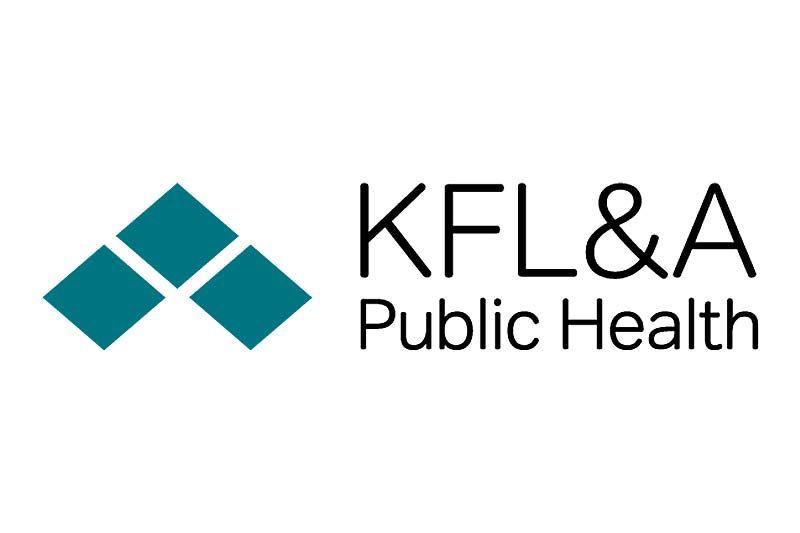Jeff Green | May 22, 2019
Nothing has really changed, so far, for Kingston Frontenac Lennox and Addington Public Health.
“From the food you eat to the water you drink, 24 hours a day, 7 days a week, we make sure it is safe. That hasn’t changed,” said Dr. Kieran Moore, the medical officer of health for the region and Chief Executive Officer of the public health agency.
The agency does not yet know how much money the Province of Ontario will contribute for the current fiscal year, which started on April 1st, but that is not unusual. What is different this year, is that in the provincial budget, the government indicated that it wants to cut the overall budget for public health by $200 million, a substantial cut, but it is unclear if there will be a substantial cut this year.
“Our municipal partners have committed to covering any shortfall in funding this year so our programs will continue even if there is a cut from the province,” Moore said. “and we have heard from the ministry, who tell us that our final budget allocation will be known in a month or so.”
The province of Ontario currently contributes $18 million towards the $24 million Public Health budget in KFL&A, 75%.
Fiscal 2020/21 is not at all certain, however.
A few weeks after announcing that they plan to restructure public health and consolidate 35 health units across the province into 10 larger regional entities, the ministry revealed their intentions for Eastern Ontario.
The proposal is to create a regional health unit, based in Ottawa, to cover Renfrew, Stormont, Dundas and Glengarry, Prescott Russel, Leeds and Grenville, Kingston, Frontenac and Lennox and Addington. The large region encompasses 29,000 square kilometres and 1.6 million residents.
Two main objections to the plan have been raised. The first is that public health organisations are most effective when they respond to the specific needs of the population that they serve, and this will be difficult to accomplish with the massive geography in the proposal.
Dr.Moore pointed out that KFL&A Public Health has developed cutting edge programs in response to Lyme Disease, which is more prevalent in its jurisdiction than elsewhere in the province, and has also been pro-active in studying and responding to high radon levels in homes, another locally significant circumstance.
“We know that smoking rates are higher in Hastings and Belleville than elsewhere, and Hastings Prince Edward Public Health has developed their own response for that reason. They also don’t have the same level of primary care than is the case elsewhere so they provide more home nursing,” said Moore.
The second objection is based on a concern about how public health is structured in Ottawa. Whereas in KFL&A, public health operates as an independent entity governed by a board of municipal politicians and appointees, in Ottawa, the service is integrated into the administration of the City of Ottawa.
“If the province is looking for cost savings, they will first have to absorb the cost of creating a new Public Health Organisation with its own building, financial office, human resources department, etc.” said Moore.
Christine Elliott, the Minister of Health, has said there will be consultations before any final decisions are made, and Moore, along with his colleagues elsewhere in Eastern Ontario, are developing alternative proposals.
One possibility is to pair Ottawa with Renfrew County to form one organisation, and create another one for Prescott-Russell, Stormont, Dundas and Glengarry, Lanark, Leeds and Grenville, Lennox and Addington, Frontenac, Kingston and Cornwall, along with Hastings County.
“I think it is more workable,” Moore told the Ottawa Citizen.
On the political level, Dennis Doyle, Mayor of Frontenac Islands and Chair of the Board for KFL&A Public Health, proposed a motion to Frontenac County Council last week.
The motion extolled the virtues of Public Health, and said that “the proposed changes by the province to create 10 Provincial Health Hubs would cause unnecessary and negative unintended consequences,”.
It then asked that the province “stop the planned reduction of Ontario public health units from 35 to 10 and planned reduction of $200 million from public health, and instead initiate consultations with municipalities and public health agencies on the public health system in Ontario,” and requested the province commit to funding 75% of public health costs going forward.
The motion was approved by Council.
More Stories
- Dry Conditions Spark Fires in Fields and Forests
- 143rd Maberly Fair
- Local Seniors Medal at OSGA 55+ Provincial Games
- Seventh Town Serenades Sharbot Lake
- Brass Point Bridge Closure Leaves Commuters Behind
- Wild Art Walk Call For Submissions
- Three Dwelling Limit Coming For Lots in North Frontenac
- Wildfire in the 1000 block of Rutledge Road - Township Says Fire Now "Under Control"
- Verona and Sydenham Ballpayers Win National Championship With Kingston Colts
- Sweet Music and Some hard Truths At Blue Skies MusicFestival

